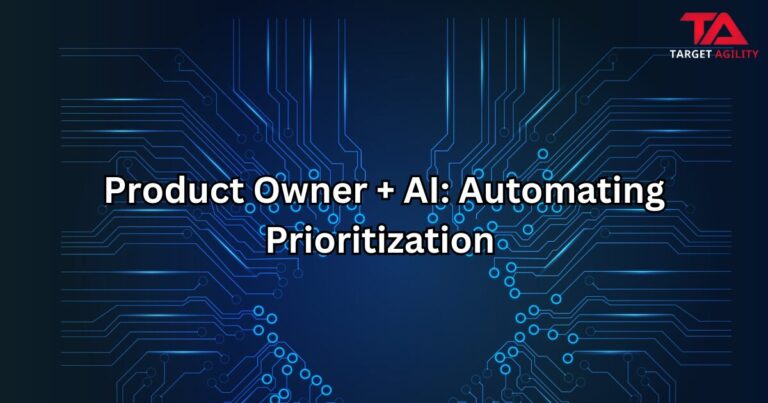Agile transformation is a multifaceted journey towards the widespread adoption of Agile principles and practices within an organization. It’s a formidable undertaking, but the potential benefits are substantial. Professional Scrum Masters (PSMs) can be instrumental in facilitating this transformation. Here’s how PSMs can assist organizations in their Agile evolution:
- Educating and Training Stakeholders: PSMs can be instrumental in educating and training stakeholders across all organizational levels in Agile principles and practices. This fosters a shared comprehension of Agile concepts and garners support for the transformation.
- Assessing Current Agility: PSMs can assist organizations in evaluating their current state of agility, pinpointing areas that require improvement. This evaluation is the foundation for developing a well-structured Agile transformation roadmap.
- Designing and Implementing Agile Transformation Plans: PSMs can collaborate with organizations to design and execute Agile transformation plans. These plans outline the necessary steps to integrate Agile principles and practices seamlessly.
- Coaching and Supporting Scrum Teams: PSMs are pivotal in coaching and supporting Scrum teams as they embrace Agile practices. This guidance empowers teams to overcome challenges and achieve their objectives.
- Facilitating Agile Training and Workshops: PSMs can lead Agile training and workshops for stakeholders at all levels within the organization. This fosters a deeper understanding of Agile and enhances practical skills.
- Overcoming Roadblocks: PSMs can proactively identify and remove impediments that obstruct the Agile transformation process. This may involve collaborating with stakeholders to amend processes, policies, or cultural norms.
- Measuring and Monitoring Progress: PSMs aid organizations in quantifying and tracking their progress on the Agile transformation journey. This helps in recognizing areas of success and areas necessitating adjustments.
Incorporating these strategies, PSMs can assume a pivotal role in facilitating the successful adoption and implementation of Agile practices.
In addition, here are some key recommendations for PSMs supporting Agile transformation:
- Patience and Persistence: Agile transformation is a time-intensive endeavor. Expect that results may not be immediately evident, and stay persistent in your efforts.
- Flexibility and Adaptability: Be prepared for changes throughout the transformation process. Be willing to adjust your plans as the situation evolves.
- Championing Agile: Advocate for Agile within your organization. Engage in conversations about Agile’s significance and share your knowledge and experiences to inspire others.
- Positivity and Enthusiasm: Cultivate a positive attitude, as it can be infectious. Your enthusiasm can motivate and energize others on this transformative journey.
PSMs are uniquely positioned to facilitate organizations in their Agile endeavors. By following these suggestions, PSMs can become valuable assets in steering organizations towards success in Agile transformation.










